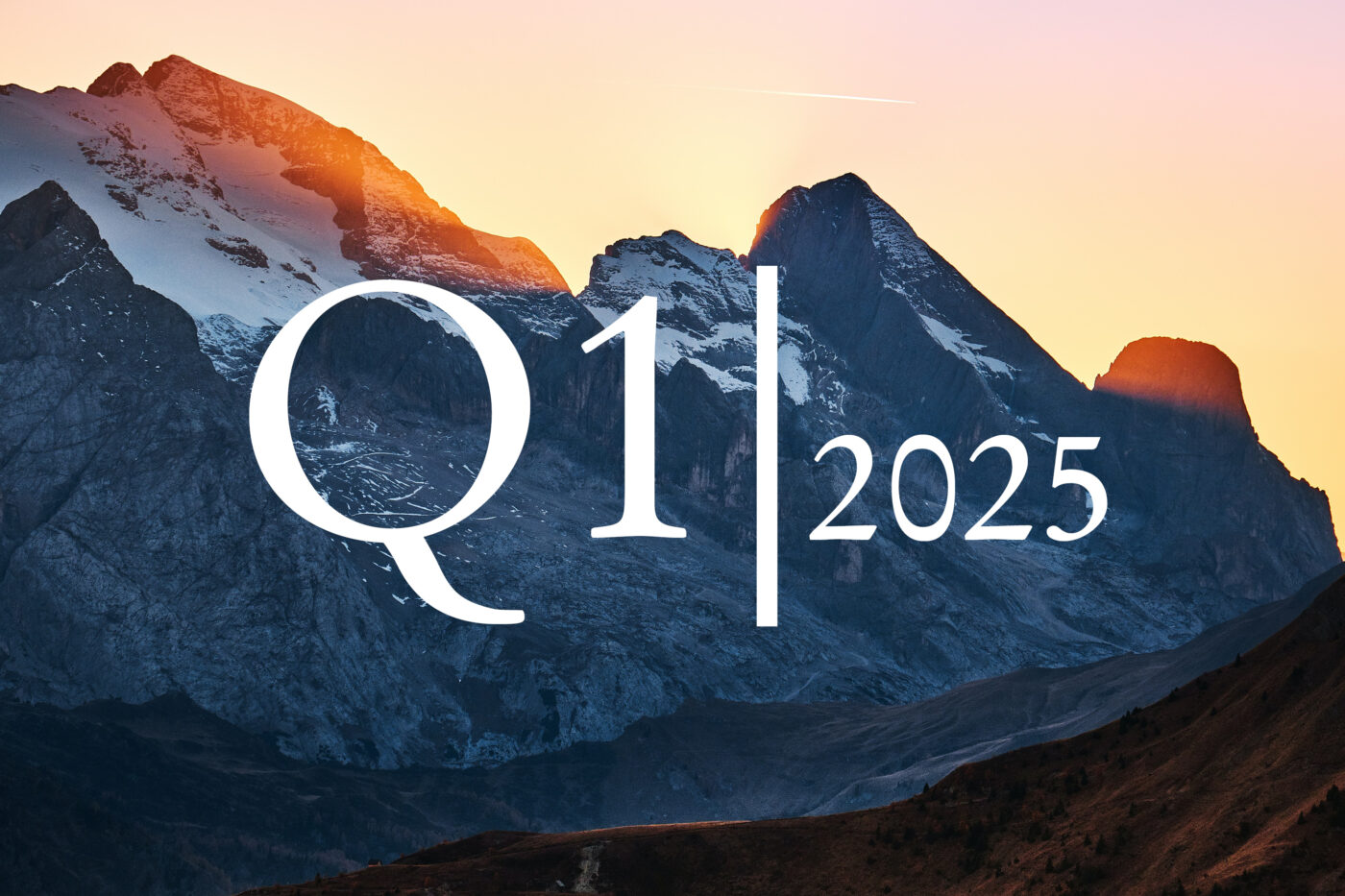Strong US labour market data interrupts euro recovery
The euro initially continued its recovery in the first weeks of the year. At its peak, the exchange rate rose to around USD1.10 per euro. However, the upward movement was interrupted after the US labour market data for January were reported. The labour market remains in strong shape. At 3.4%, the unemployment rate fell to its lowest level in over 50 years. This changed market expectations for US monetary policy, as the Federal Reserve has a dual mandate: in addition to price stability, it also aims for a high level of employment. Since the employment target can be considered achieved at an unemployment rate of 3.4%, the Fed can focus even more on the fight against inflation. As a result, market players braced themselves for a more pronounced tightening of monetary policy. This was immediately reflected in the foreign exchange market: after the labour market data were published, the dollar strengthened and the euro exchange rate gradually fell towards USD1.05 per euro. The further development of inflation and the development of the economy (and thus the situation in the labour market) remain the most important drivers on the foreign exchange market.
We see the setback in the EUR/USD exchange rate as temporary and not as a general trend reversal. The extremely low euro exchange rates below parity in autumn 2022 were due not only to the widening interest rate differential but also to the uncertainty as to how Europe would get through the winter without Russian gas supplies. Since the feared gas shortage did not materialise, the risk was gradually priced out of the exchange rate. In the course of the year, we expect the euro exchange rate to rise towards USD1.15 per euro.
EUR/USD: economic risks are priced out, euro recovers
Geopolitical tensions had strengthened the US dollar for a long time. Since the situation has not escalated further, risk appetite rose again.
Swiss National Bank relies on strong franc
Against the Swiss franc, the euro is moving in a fairly narrow band. Although the lows at 0.94 francs per euro are a thing of the past, the attempts to break out above parity lasted only briefly. The exchange rate has settled at around 1.00, tending to be somewhat lower. The Swiss National Bank is now counting on a strong franc to curb inflation. The high franc exchange rate makes import prices cheaper, which contributes to a relatively moderate price increase: While inflation in the euro area peaked in the double digits, it has not risen above 3.5 % in Switzerland so far. We expect only a slight appreciation potential for the euro against the franc.
EUR/CHF: strong franc dampens inflation
In international comparison, Switzerland's inflation rate remains moderate. The strong exchange rate is - unlike in the past - in the interest of the central bank.
Exchange rate forecasts
Berenberg and consensus forecast in comparison, values at year-end 2023 and mid-year 2024
Author




